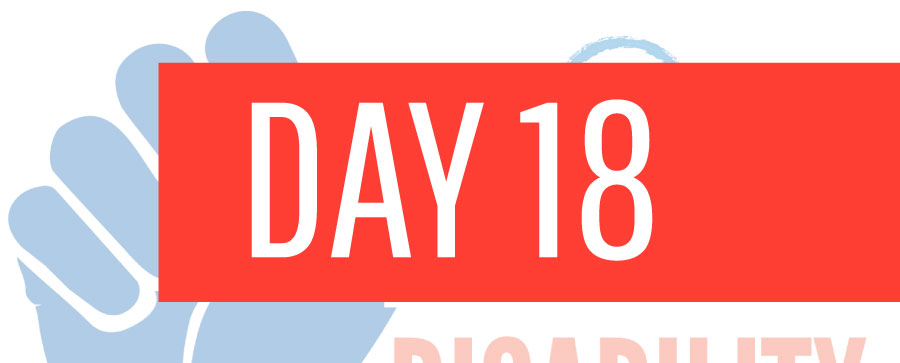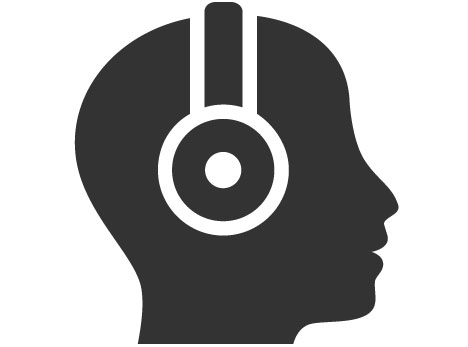
Content Note: This topic and some of its associated resources mention medical discrimination resulting in disability and death, involuntary institutionalization, abuse and neglect, forced treatment, physical restraint, self-harm, racism, and ableism.
People with disabilities experience significant health disparities compared to their non-disabled peers. According to the National Council on Disability, in the United States, people with physical, intellectual, and developmental disabilities are more likely to have unmet healthcare needs and shorter life expectancies than those without disabilities. They are also 11 times more likely to die from pregnancy and birth-related complications.
Disabled people in America face a wide range of barriers when accessing the healthcare system. Often, they are not prioritized or taken seriously by the healthcare system and its providers. Consider these common healthcare scenarios:
- Exam tables, scales, and diagnostic imaging machines are commonly inaccessible, meaning that people with disabilities may not receive important medical care, or they may be forced to travel great distances for treatment.
- During the Covid-19 pandemic, some states and healthcare facilities had policies of prioritizing critical resources based on disability. Thus, many disabled people were pushed to the back of the line, which resulted higher chances of lifelong complications or death from Covid-19.
- Many physicians feel reluctant or underprepared to treat patients with disabilities. A 2022 peer-reviewed study found that less than 60% of physicians fully “welcome disabled patients into their practices,” and only 40% feel “very confident” in their ability to treat disabled patients.
- People who rely on medications such as opioids, stimulants, and benzodiazepines to manage their disabilities often face unwarranted suspicion that they are seeking drugs for recreational purposes or illegally selling drugs for profit.
- People with psychiatric diagnoses often face disbelief from medical professionals who misattribute their physical health symptoms to their mental health disabilities, which may lead to serious medical problems being overlooked: One study showed that people with psychiatric diagnoses are more likely to die within fifteen days of release from an ER visit than other people.
- Individuals with chronic illnesses often wait years for a physician to listen to their concerns and seriously pursue diagnostic testing, and even longer to receive an accurate diagnosis.
- People with disabilities may receive inadequate sexual and reproductive healthcare because medical professionals assume they are not sexually active or do not want to have children.
- Deaf or hard of hearing people often struggle to find a healthcare provider who will pay for sign language interpretation. Doctors sometimes expect Deaf people to bring a friend, family member, or even child with them to interpret, but this does not afford them their right to medical privacy, independence, or access.
- Many people with fragrance-reactive disabilities lack access to healthcare facilities because the fragranced cleaning products used in building maintenance can trigger seizures, migraines, and anaphylaxis.
- In many states, Medicaid provides home and community-based services (HCBS) to disabled residents so they can live independently in the community rather than being forced into institutions, such as residential nursing facilities and psychiatric hospitals. Unfortunately, the level of care varies dramatically from state to state. If a person who receives 24/7 care from direct support staff in one state moves to another state with less funding for HCBS, they could end up institutionalized. Additionally, Medicaid often pays extremely low wages to these direct support workers, resulting in a staffing shortage.
We must take action to address healthcare inequities. Healthcare providers need better training to understand and meet the needs of disabled patients. Medical facilities must become more accessible, ensuring that equipment and services are usable by everyone. Together, we can create a healthcare system that truly serves all individuals, regardless of their abilities. Let’s build a more equitable and just healthcare system for everyone shortage.
![[Image description: Infographic titled “Accessible Exam Equipment” shows a light-skinned woman sitting in a wheelchair between two medical exam tables, only one of which is accessible. Arrows next to each table illustrate the height difference. Text reads, "Accessible transfer height range of 17 to 19 inches versus fixed height or 'box' typically 32 inches." Disability Network Southwest Michigan blue and orange logo in upper left corner of the image.
Attribution: Disability Network Southwest Michigan (2024).
Image Source: ADA National Network (2017).]](https://unitedforscmi.org/wp-content/uploads/2022/08/dec18.jpg)
[Image description: Infographic titled “Accessible Exam Equipment” shows a light-skinned woman sitting in a wheelchair between two medical exam tables, only one of which is accessible. Arrows next to each table illustrate the height difference. Text reads, “Accessible transfer height range of 17 to 19 inches versus fixed height or ‘box’ typically 32 inches.” Disability Network Southwest Michigan blue and orange logo in upper left corner of the image.
Attribution: Disability Network Southwest Michigan (2024). Image Source: ADA National Network (2017).]

Read
- Gina Kolata, The New York Times – These Doctors Admit They Don’t Want Patients with Disabilities
- endever* corbin, CommunicationFIRST – Communication Barriers Faced by AAC Users in Accessing Health Care
- Eleni Stephanides, Rooted in Rights – Chronically Ignored: How Western Medical Practices Harm Chronically Ill People

Watch
- Jason DaSilva, The New York Times – Mapping the Disability Trap (13:50, includes captions and transcript)
- Last Week Tonight with John Oliver – Long-Term Care (22:40, includes captions and transcript, contains profanity)
- Rooted in Rights – Out on a Limb: Insurance Providers and Access to Prosthetics with Emily Harvey (3:38, includes captions and transcript)

Listen
- Manisha Gupta, Rooted in Rights – Substandard of Care: Accommodations in Healthcare (11:40, transcript here)
- KFF Health News – The Disability Tax: Medical Bills Remain Inaccessible for Many Blind Americans (8:34, companion article here)
- Tradeoffs Podcast – One Doctor’s Quest to Improve Health Care for People with Disabilities (31:00, includes transcript)
Discussion
- Think about the last time you visited a healthcare professional. If you are non-disabled, how might your experience differ if you had a disability?
- How might the healthcare experience of people with visible or apparent disabilities differ from that of people with non-apparent disabilities?
- How does the medical model of disability impact the quality of healthcare that people with disabilities receive?
- Why do you think many states are more willing to pay for people with disabilities to live in nursing homes than to pay for home and community-based services (HCBS)?
